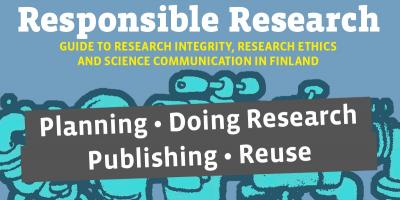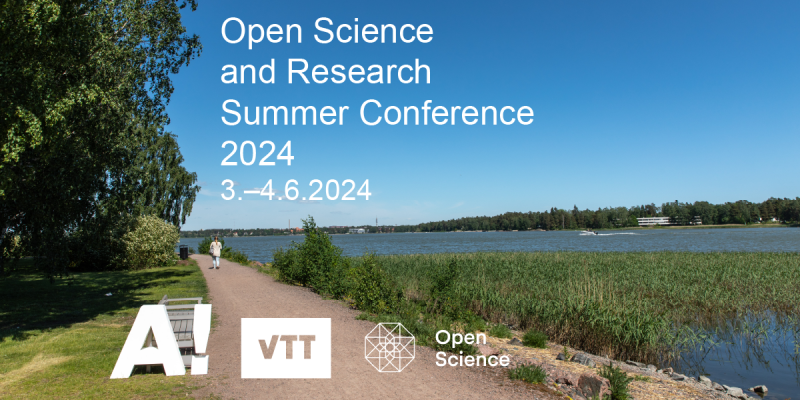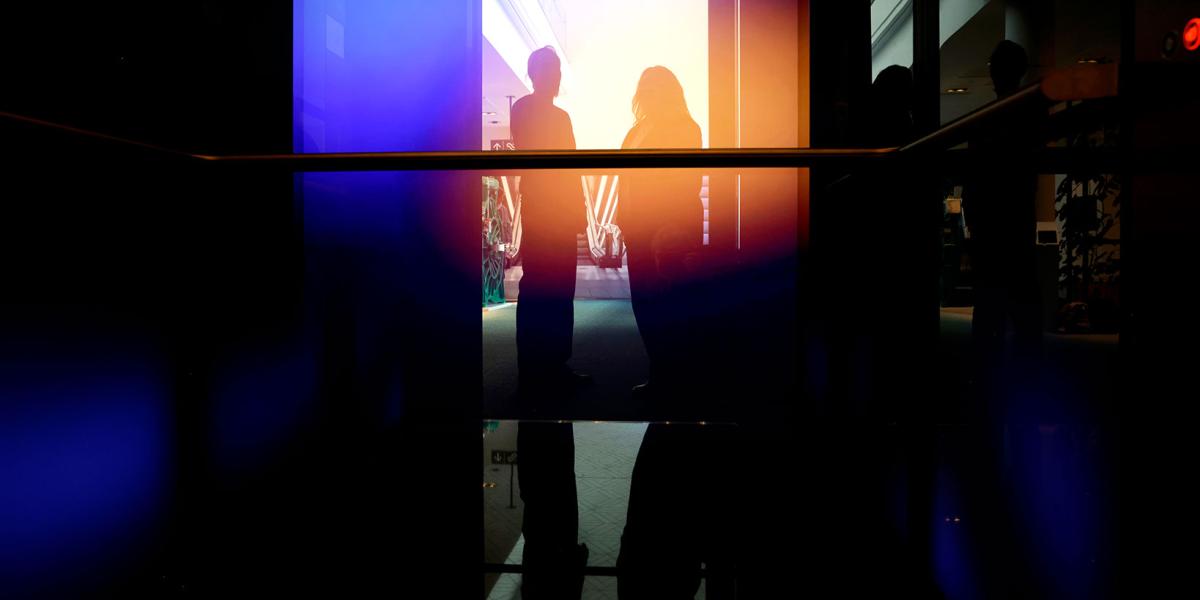
Collaborative research projects between elevator manufacturer KONE and Tampere University have resulted in doctoral dissertations, scientific articles, and popular texts for wider audiences with impact that reaches across society.
Does company collaboration steer academic research too much, or is it all just window dressing? Do such projects generate truly relevant research that can withstand scrutiny from the academic world?
Professor of Interactive Technology Markku Turunen from Tampere University is well placed to respond.
– When a university works with a company, the company engages in product development simultaneously. Both parties hold on to their own goals, Turunen says.
In Finland, ways of collaboration between business and academia are largely established, and conflicts of interest are generally avoided. Turunen calls this a "built-in mechanism" — a fitting term in the mechanically charged atmosphere at KONE's facilities in Hyvinkää, where Turunen and KONE's Digital Content Lead Hanna Heinonen discuss their collaboration.
Turunen specializes in human-technology interaction within complex sociotechnical systems. He leads the Pervasive Interaction Research Group (PIRG) at TAUCHI, Finland's largest research unit for human-technology interaction.
Heinonen's expertise includes information architecture and technical documentation — the systematic management and visibility of information within an organization. Under Turunen's supervision, Heinonen earned her doctorate in interactive technology and now supervises two doctoral dissertations that combine corporate perspectives with academic research. Her current research focuses on the industrial metaverse and generative AI.
– Markku and I collaborate on many research projects. I bring the corporate viewpoint. I don’t share everything with Markku, nor does he with me. When starting a new project, we understand what can be discussed, Heinonen explains.

– Universities possess deep knowledge on topics not directly related to elevators but crucial to our needs. We can’t be experts in everything, says Hanna Heinonen, KONE's Digital Content Lead. Photo: Liisa Takala.
Collaborating in a Corporate Environment
From an academic standpoint, the HUMOR project was exceptionally productive. It generated two doctoral dissertations, one master’s thesis, and a series of open-access scientific articles and blog posts co-written by the collaborators. Example blog can be found here and a scientific article here.
For a global elevator company, the project yielded new operational models in areas such as elevator maintenance and technical communication. Heinonen presented the results at multiple events, including the NORDIC TechComm conference in Stockholm.
Such academic output is extremely rare, according to Turunen. It is also a compelling reason for universities and businesses to work together. The results benefit not only the participating entities but also academic research, industry, and society at large.
– Science has the greatest impact when it can be applied broadly, Turunen affirms.
Heinonen recognizes the university’s priority to publish research.
– Our primary goal is business. We don’t do research for research’s sake. We have a strong profile in the elevator sector, and we do things a bit differently from others. That fosters a culture of innovation, which academic collaboration supports, she adds.
Both continue their cooperation in the newly launched COFIRD project, aimed at exporting expertise in corporate development and research models to KONE's RDI teams in India and Singapore.
The challenge is significant: what is considered natural collaboration between business and academia in Finland may be unfamiliar in the world’s fastest-growing economic regions.
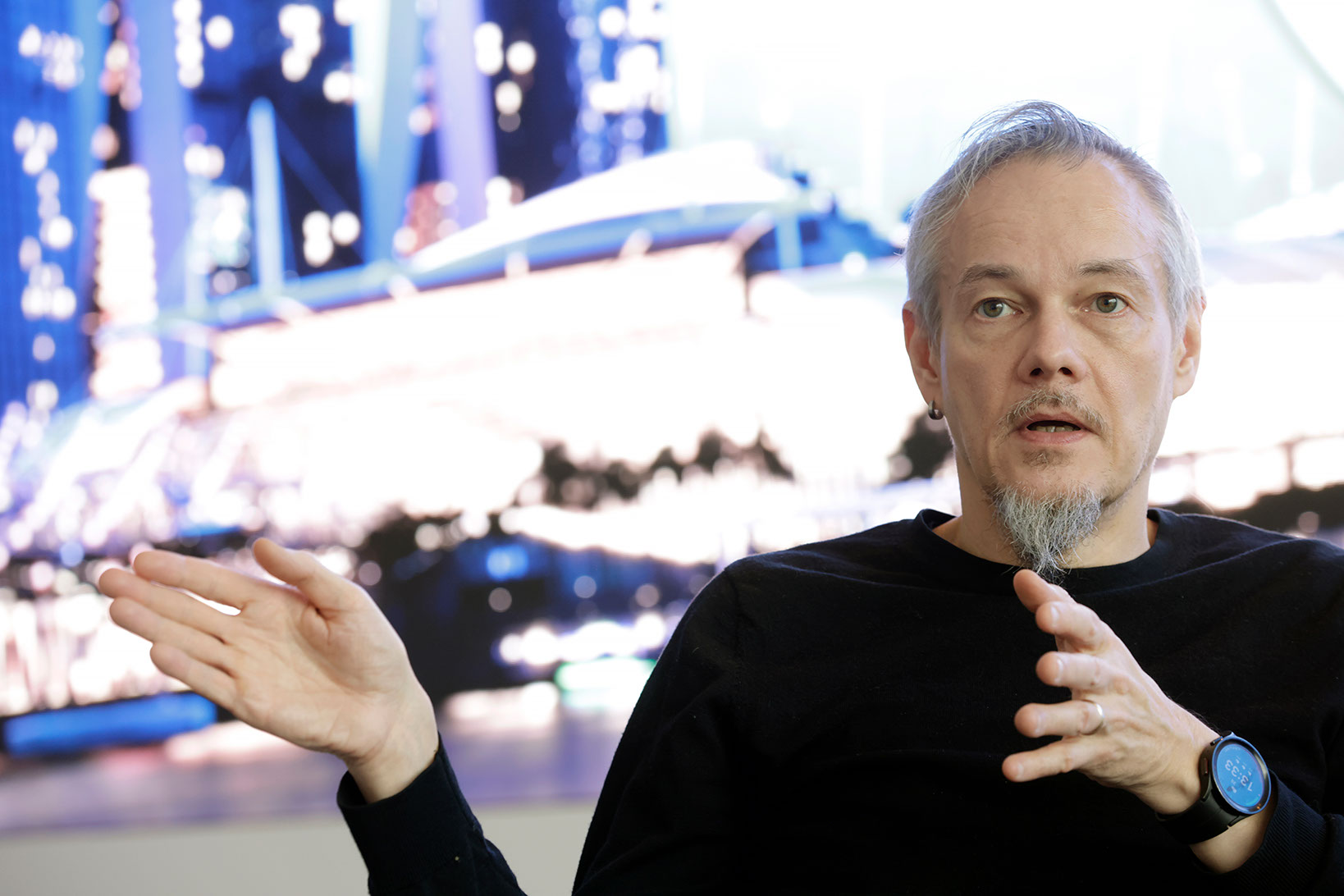
– There’s constant debate in academia about how much companies should be involved in research. Yet companies have scientifically relevant problems that matter. Why wouldn’t we study them? asks Professor Markku Turunen. Photo: Liisa Takala.
Not Enough Channels for Research Visibility
Publishing scientific articles in journals is one way to enhance research impact. But, as Heinonen notes, not everyone reads them. More accessible formats are needed. The joint blog posts from KONE and Tampere University help fill this gap.
Professor Turunen is frustrated by the ongoing debate about academic publishing and used metrics.
– While open publishing is encouraged, funders do not always require it, nor do universities’ own incentive mechanisms consistently support it.
As someone outside academia, Heinonen is disappointed that many fascinating articles are behind a paywall and therefore not accessible to her. Every unread article is a lost opportunity for professional growth.
So how can research reach diverse audiences?
There are many ways. Turunen documents research with a camera, sharing images on social media. Heinonen lectures to students about her research.
– We’re also planning a roadshow for an upcoming project — a kind of circus coming to town. The goal is to reach companies interested in learning how to apply new AI solutions to knowledge work, she says.
The wider the reach of research, the more motivating it becomes — for both companies and universities.
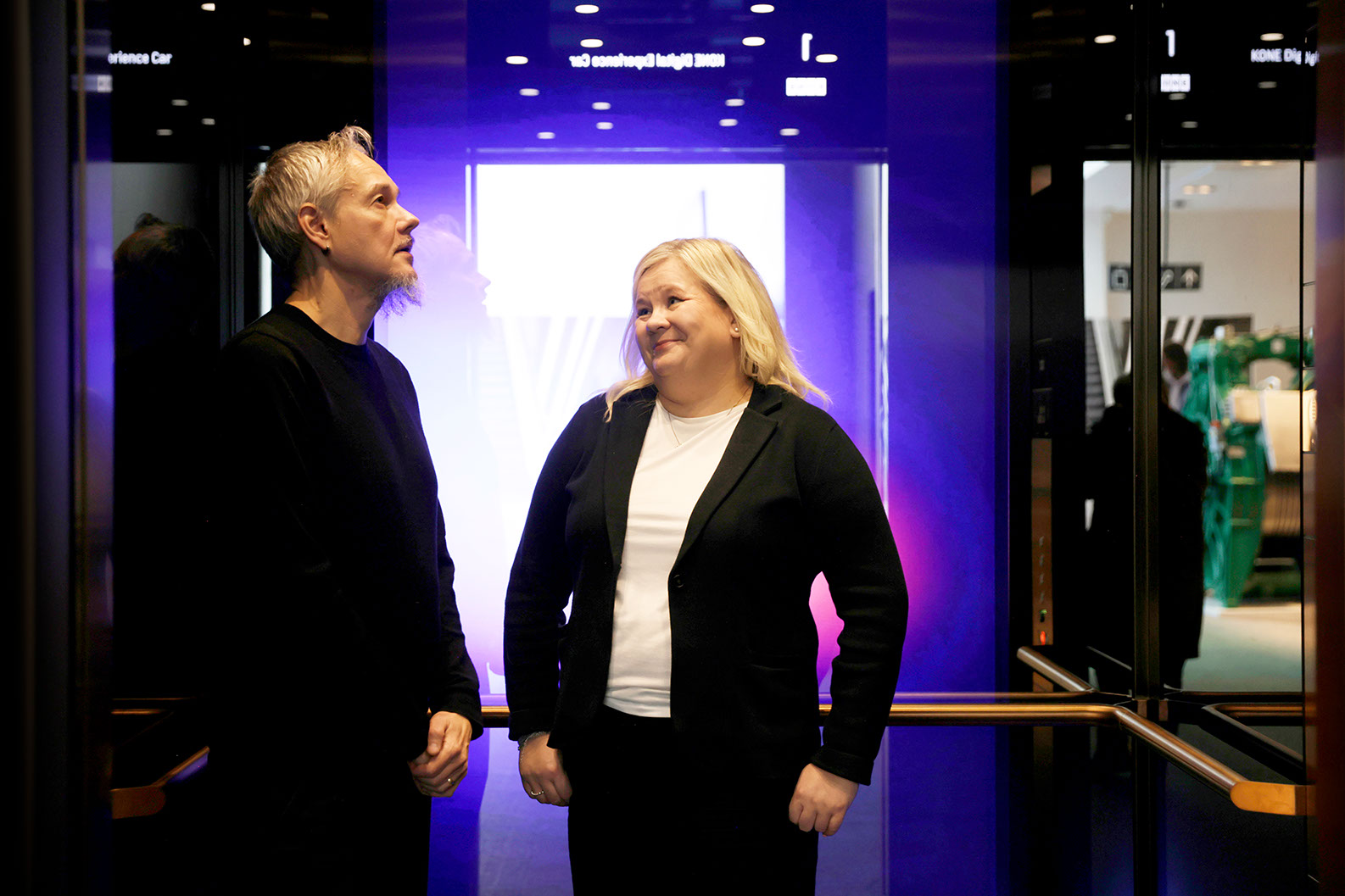
Hanna Heinonen and Markku Turunen have worked together for years. They share their research through articles, presentations, and blog posts.
Photo: Liisa Takala.
Open Science has More Impact -series presents stories of making use of open science on different areas of society. Find the rest of the series here (in Finnish).
This text is a translation, find the original text here (in Finnish).
Original text: Helen Partti
Photos: Liisa Takala
